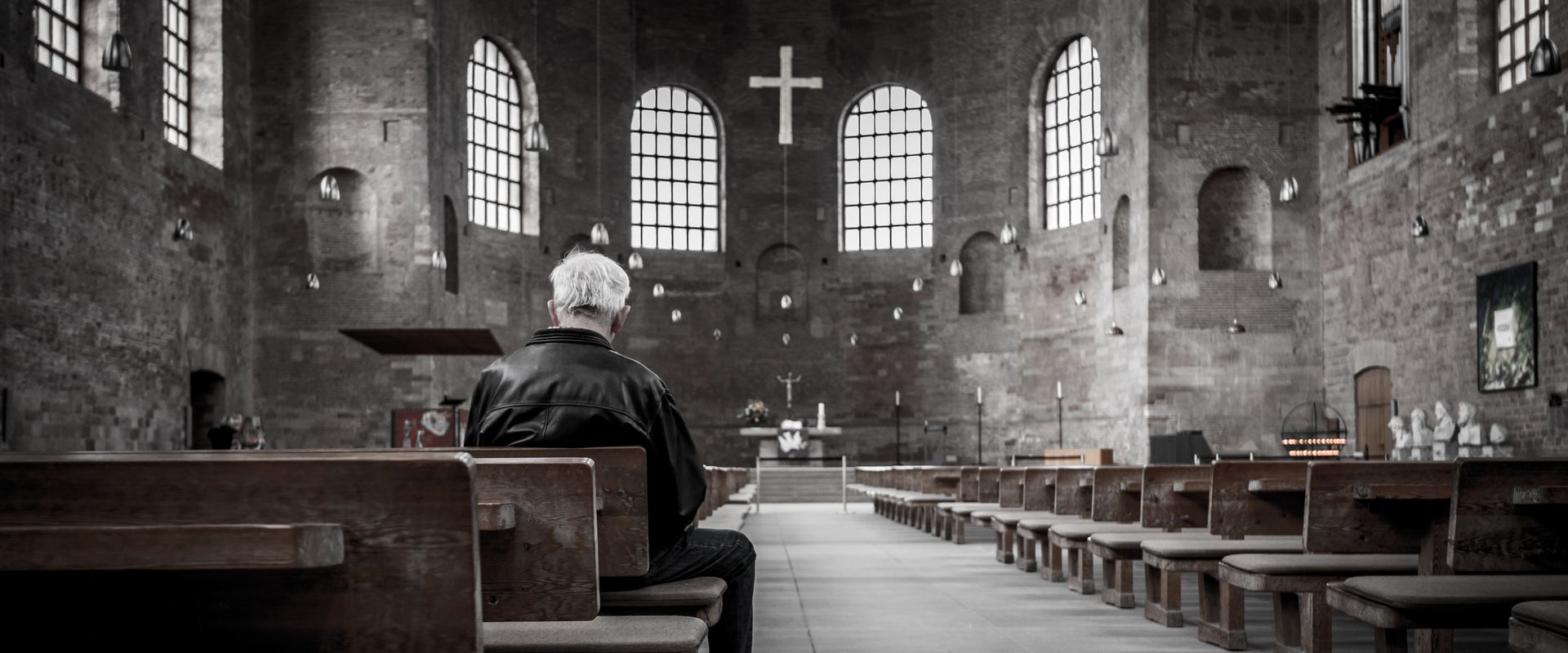
The New Testament in Color: A Multiethnic Bible Commentary
(IVP Academic)
Edited by Esau McCaulley, Janette H. Ok, Osvaldo Padilla, and Amy Peeler
“Some examples of core Filipino values that can serve as expressions and examples of koinōnia are the sharing of communal meals where community and identity formation take place, the spirituality of belonging captured by the Filipino concept of bayanihan, and the others-oriented values of kawpa and pakikisama, which recognize the importance of prioritizing group goals and seeing the dignity in the other.”
— Janette Ok
It started with lament.
Author, professor, and public theologian Esau McCaulley was grieving the ways that the academy and church at-large failed to acknowledge the contributions of the Black church and its Bible reading practices. As he mourned this “dearth of attention,” a new thought entered his mind, one that caused McCaulley to wonder if he, too, was failing in a similar way.
“I was struck by the realization that I knew very little about Asian American or Hispanic believers and their ways of engaging Scripture,” McCaulley told Common Good. “I thought that rather than continuing to fight for more space for my tradition, I should create the opportunity for the whole body of Christ to learn from each other.”
McCaulley began to dream of a New Testament commentary that would bring together Black, white, Asian, and Hispanic scholars “whose diversity and unity in the gospel could embody God’s vision for the church (Rev 7:9–14).” He wanted the work to honor Scripture as God’s inspired word and “be unapologetic about asking how that word speaks to the pressing needs and concerns of particular communities.”
The New Testament in Color: A Multiethnic Bible Commentary, edited by McCaulley, Janette H. Ok, Osvaldo Padilla, and Amy Peeler, brings long-missing perspectives to the academy and church alike. The editors spoke with Common Good about their approach to the project and how they hope it will serve their brothers and sisters.
How does The New Testament in Color meet Christians in this particular cultural moment?
Amy Peeler: I sense two different trajectories in this particular moment. One is a hunger for this type of commentary. People have realized the limitations of their own perspectives and want to learn from others. The New Testament in Color meets that need in a rich and accessible way. The second is a nervousness about discussions of diversity. For those who resonate with this trajectory, NTIC introduces them to a group of confident and gracious scholars who are unafraid to acknowledge diverse perspectives and learn from them.
What are your hopes for the commentary?
Osvaldo Padilla: I have many hopes! Allow me, however, to mention two in particular. First, I want the readers to pose questions to themselves as a result of reading the commentary: What have been my presuppositions about interpretation? Is there one particular ethnic or racial group that has “the key” for the right interpretation of the Bible? And so on.
Second, I want the readers to see that our brothers and sisters from ethnicities stemming from outside the U.S. have excellent interpretational points — and that in many cases this is the result of their coming to the biblical text from a culture that is different from the “dominant” culture in the U.S.
The commentary includes sections on biblical interpretation through various lenses — African American, Asian American, Hispanic, and Turtle Island. How do you envision these sections serving the reader?
OP: One of the foundational (if not the) foundational biblical and theological convictions that we and the rest of the contributors to The New Testament in Color is that we interpret Scripture from where we are and exist. So, if I come from Turtle Island, there are going to be insights on a text of Scripture that someone from, say, Latin America, may never have pondered. How wonderful to learn to read the Bible together from our sisters and brothers from all over the world. At the same time, it may be that an interpretation that is entrenched in my Hispanic culture may actually be questionable in light of Scripture. That’s when someone from another culture can come alongside me and correct my errors.
What are one or two specific scriptural insights — whether your own or another contributor’s — that you feel especially glad to be sharing with the world?
Janette Ok: Our contributors have offered many scriptural insights which I am eager to share. It pains me to pick just two. I hope the following examples whet your audience’s appetite for more.
In his commentary on Acts, Jordan J. Cruz Ryan describes how the Jerusalem church’s practices of koinōnia in Acts 2:41–47 resonate deeply with the experience of many Filipino American and other Asian immigrant churches. Some examples of core Filipino values that can serve as expressions and examples of koinōnia are the sharing of communal meals where community and identity formation take place, the spirituality of belonging captured by the Filipino concept of bayanihan, and the others-oriented values of kawpa and pakikisama, which recognize the importance of prioritizing group goals and seeing the dignity in the other.
Ryan also provides a tangible example of the impact of Western culture on the interpretation of the well-known community of goods passage in Acts 2:41–47. Citing Reta Halteman Finger’s research on the history of interpretation, Ryan notes that from Martin Luther to the dawn of the 21st century, Western interpreters have largely responded with aversion to the early Christian practice of redistributing goods described in the passage. This is due in large part to the West’s commitment to capitalism and antipathy to communism. Some of the ways U.S.-majority culture interpreters have tried to mitigate or reframe the meaning of this passage conflate American values with Christian values and demarcate a clear line between the early church in Jerusalem and “Marxism” or “socialism.” Ryan comments, “This misguided McCarthyist exegetical endeavor is an instantiation of the syncretistic blending of Christianity with American civil religion.”
Lisa M. Bowens and Amy Peeler focus on the New Testament’s good news to women in “Gender in the New Testament.” Women saved by Christ do not lose their identity in Christ but remain women, even as they are freed by the power of the Spirit from false cultural narratives that reduce their value and status. Citing 19th-century Black preacher Jarena Lee, Bowens highlights Lee’s keen interpretive insights. If the doctrine of the resurrection is the climax of Christianity as taught by Paul (1 Cor 5:12–22), and if Mary was first to preach the risen Savior (John 20:18), then is not Mary a preacher of the Gospel? And if Jesus is “a whole Savior, instead of a half one” who died for all, can women not preach the good news?
The creation account in Genesis affirms that both males and females bear the image of God (Gen 1:26–27). Peeler argues, however, that the most radical affirmation of the image of God in humanity is the incarnation itself. Central to the Christian narrative is that God dwelled within creation by being born of a woman. The virgin birth “proclaims that God became human and did so by considering the body and life of a woman worthy of the presence of God.” Throughout the Gospels, the incarnate Lord Jesus affirms the “inestimable value of women” through his body, teaching, and actions.
Many of Common Good‘s readers are deeply involved in Christian ministry. What would you like to tell them?
AP: Those of us involved in ministry know we have the privilege and responsibility of teaching God’s word to the people in our communities. We can only ever do so in our voices, from our own perspectives. This is a wonderful thing, for God called each of us in our particularity to ministry in these spaces. We realize, however, that our people benefit from hearing other voices and perspectives as well. Bringing in guests is a wonderful thing, but it is costly. A resource like The New Testament in Color allows you to introduce the perspectives of others in an efficient manner.
This interview has been edited for clarity. The New Testament in Color: A Multiethnic Bible Commentary is available from IVP Academic.





